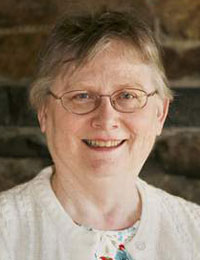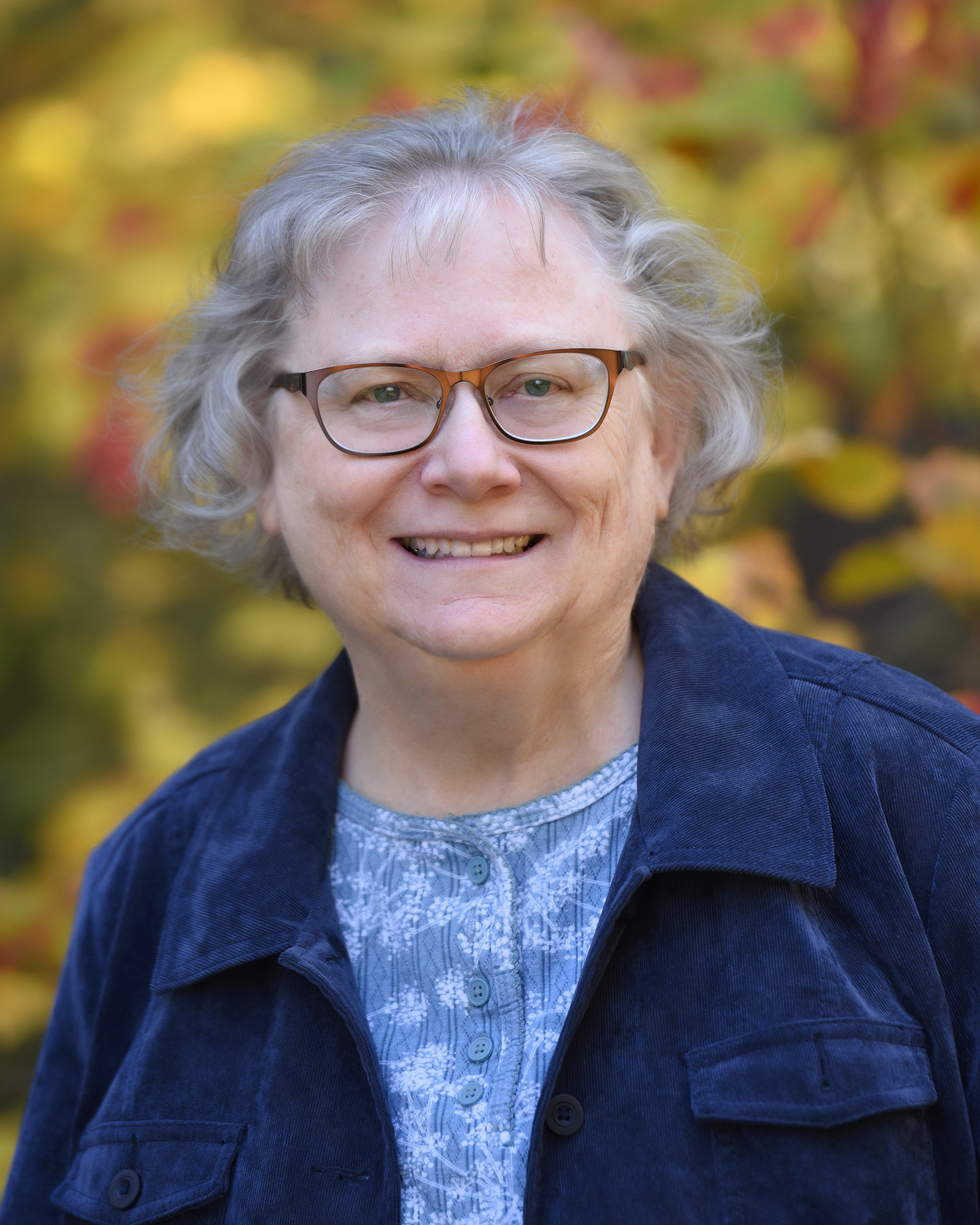 Clarence Almon Torrey’s New England Marriages Prior to 1700 is a wonderful guide to material in published genealogies and articles at the NEHGS library. Often the entries have dozens of citations to sources. There are other entries, however, that are really short, such as:[1]
Clarence Almon Torrey’s New England Marriages Prior to 1700 is a wonderful guide to material in published genealogies and articles at the NEHGS library. Often the entries have dozens of citations to sources. There are other entries, however, that are really short, such as:[1]
CUTTING, John Jr. & _____ _____ (had dau Mary); bef 1642
This type of entry can derive from a birth record for a child, but the citation to the child’s birth should be included. Where did Torrey find information on a John Cutting Jr. who married an unknown woman before 1642 and had a daughter Mary. And “grrrr”: why didn’t Torrey give a citation?
One clue is that John is a “Jr.,” although, of course, “Jr.” did not necessarily mean that his father was also “John.” (The term can refer to an unrelated, younger person of the same name in the same town.) No town of residence is given, which is not helpful. Torrey’s Marriages has only two other John Cuttings, one who married as early as 1620 to Mary [?Ward] and settled in Charlestown, and the other of Watertown, who did not marry until 1671/72 and is clearly too young to be the John who had a daughter born in 1642.
No town of residence is given, which is not helpful.
Bob Anderson’s Great Migration Directory lists only one John Cutting, who came to Watertown [no mention of Charlestown] in 1636, and was the husband of Mary [blank]. Anderson’s citations take me to Walter Goodwin Davis,[2] who did a detailed sketch on this John Cutting – including the reasons why it has been suggested that his wife’s maiden name might have been Ward – and solves the mystery about John Jr. Both Sr. and Jr. were ship masters and only a couple of records exist for Jr., the last being in 1642; but the wills of John Sr. and his widow Mary, both made in the 1660s, name granddaughter Mary Moody, wife of Samuel Moody. From the context of the wills Davis surmised that John Cutting Jr. had died leaving a young daughter, who was raised by her grandparents. Mary married first to Moody in Newbury in 1657 and second to Daniel Lunt in 1679.
The reason why Torrey did not give a source citation for this marriage is probably because it was one of his very last entries in the manuscript. Torrey died at the age of 93 in 1962, the year that Abel Lunt was published.
So, is John Cutting Jr. going to have a sketch in the Early New England Families Study Project? No. What little is known about Jr. is well covered by Davis. His father, John Sr., will be treated in the next section of Great Migration, and when the time comes to do the sketch on Samuel Moody and his wife Mary Cutting for Early New England Families, we will include information for her father.
Cross one off the list.
Notes
[1] Clarence Almon Torrey, New England Marriages Prior to 1700, 3 vols. (Boston: NEHGS, 2011), Torrey’s New England Marriages Prior to 1700. (Online database. AmericanAncestors.org. NEHGS, 2008).
[2] The Ancestry of Abel Lunt, 1769–1806, of Newbury, Massachusetts (Portland, Me., 1963), 81–87.
Share this:

About Alicia Crane Williams
Alicia Crane Williams, FASG, Lead Genealogist of Early Families of New England Study Project, has compiled and edited numerous important genealogical publications including The Mayflower Descendant and the Alden Family “Silver Book” Five Generations project of the Mayflower Society. Most recently, she is the author of the 2017 edition of The Babson Genealogy, 1606-2017, Descendants of Thomas and Isabel Babson who first arrived in Salem, Massachusetts, in 1637. Alicia has served as Historian of the Massachusetts Society of Mayflower Descendants, Assistant Historian General at the General Society of Mayflower Descendants, and as Genealogist of the Alden Kindred of America. She earned a bachelor’s degree from the University of Connecticut and a master’s degree in History from Northeastern University.View all posts by Alicia Crane Williams →